You do see a "not found" text:

You don't see anything in the body, because your API doesn't send a body, just a HTTP header
Re your comment, and linking in GPW's advice, return something custom - let errors be errors, and have this foreseeable condition as an "OK but no" response, perhaps:
[HttpGet]
public ActionResult Read(string type, string id)
{
if (id == null)
return Json(new { status= "fail", message= "id parameter is required" });
else if (type == null)
return Json(new { status= "fail", message= "type parameter is required" });
var ent = dbcontext.Entity.FirstOrDefault(e => e.Type == type && e.Id == id);
if(ent == null)
return Json(new { status="fail", message= "No entity with that type/id was found" });
else
return Json(new { status="ok", entityName= ent.Name });
}
In one of our apps we do use HTTP errors to alter the behavior of the client - there's a promise chain at the client react app and we use returning an error to halt processing of the chain, parse the error out, then go back to parsing knowing the JSON is a slightly different shape. I'm not convinced it's a great way to do it as it's made the client more complex than it could have been but if you want to do that then sure, look at ways of returning meaningful http errors. Personally (and GPW alludes to it) even debugging, many times I've missed the return code in postman, got a blank response, been misled that something else is wrong than what is actually happening/ got a 404 and thought the back end couldn't find the entity when actually I'd got the URL wrong and was getting a 404 for a different reason etc

